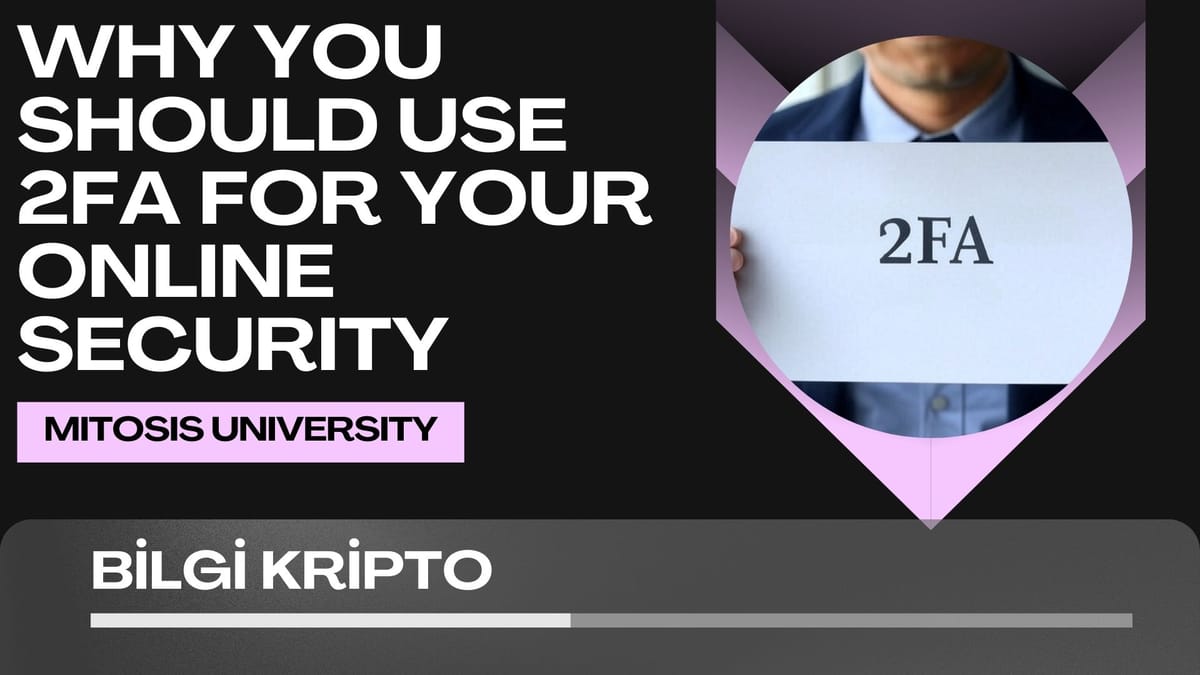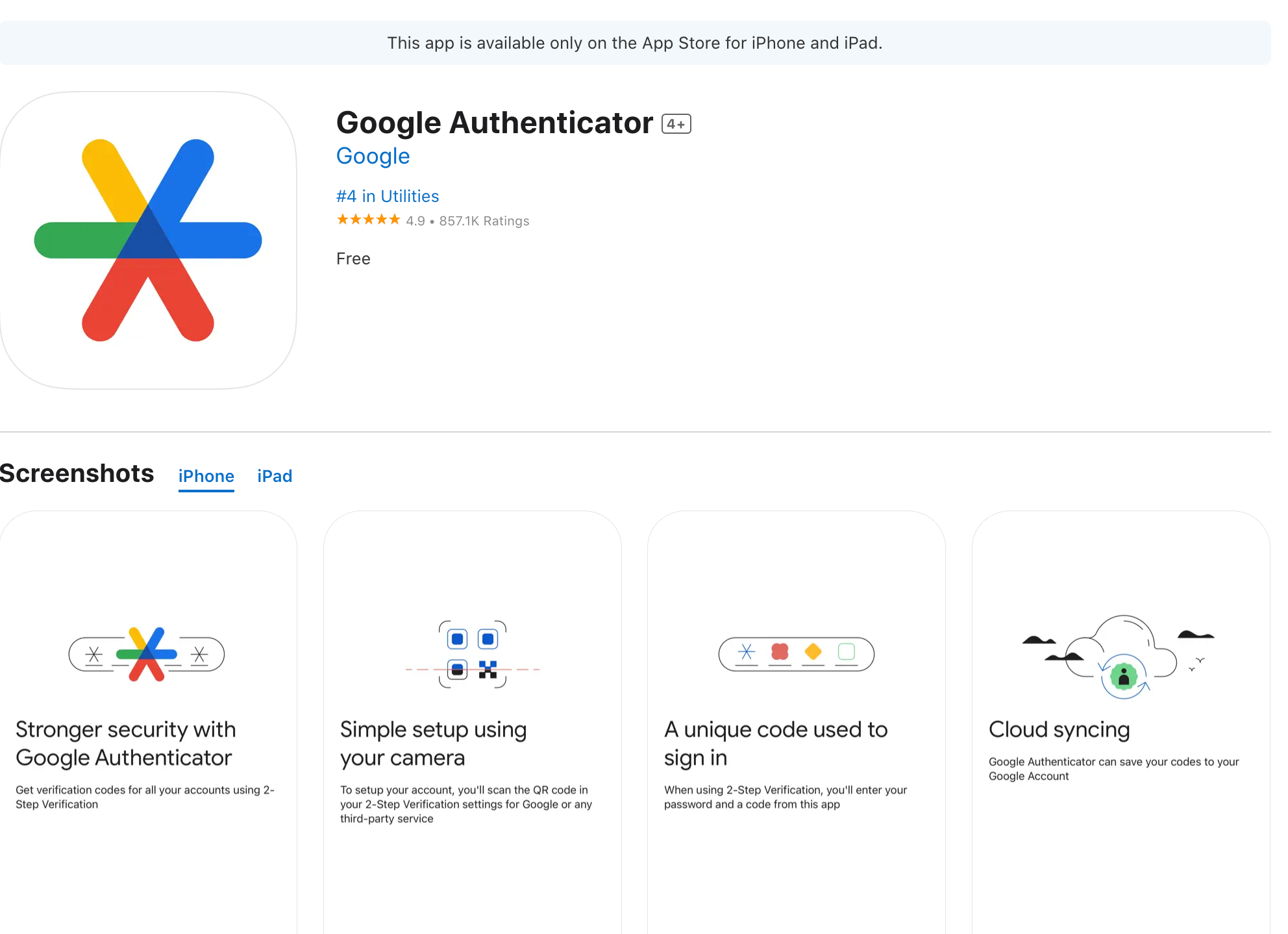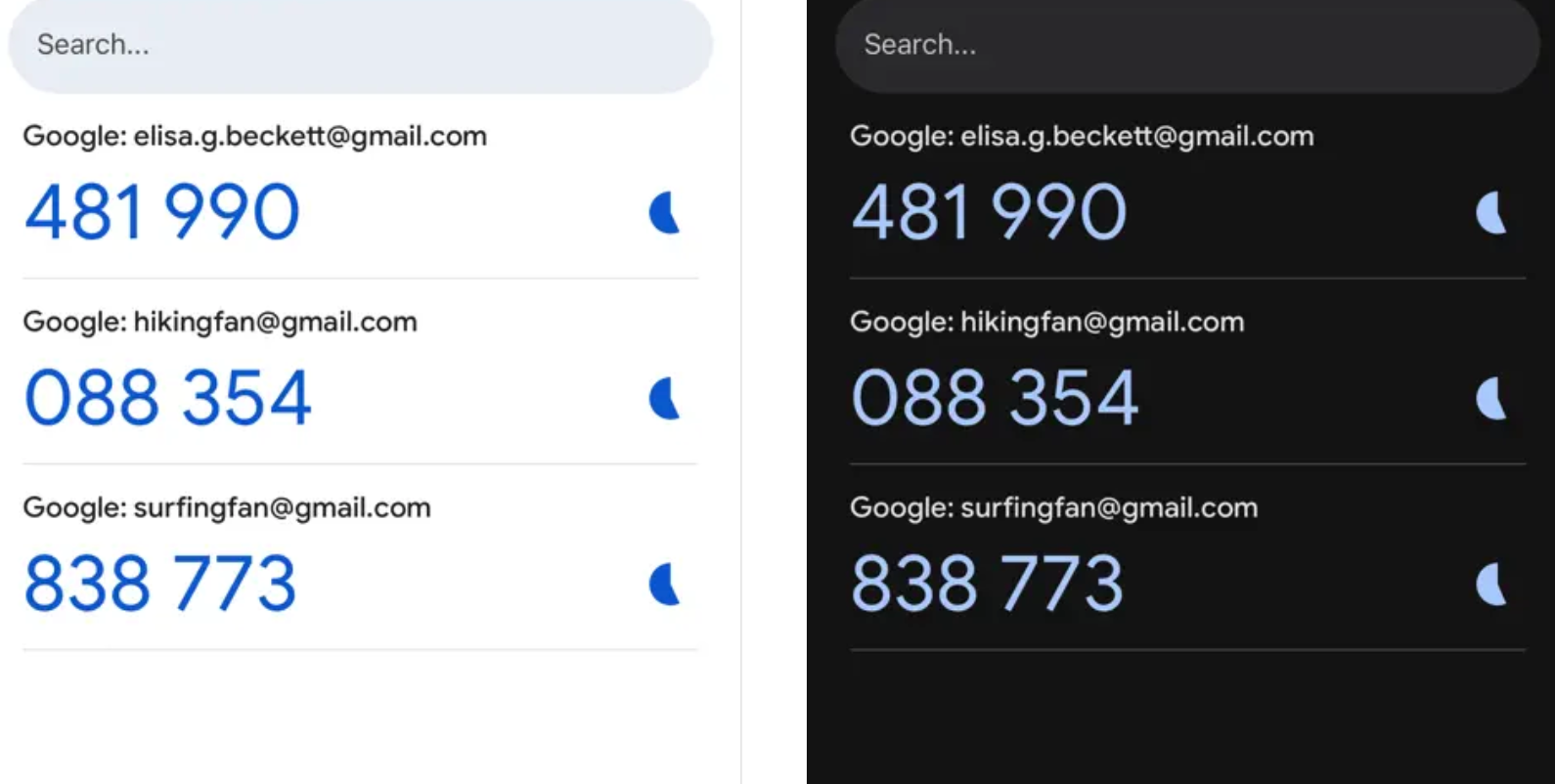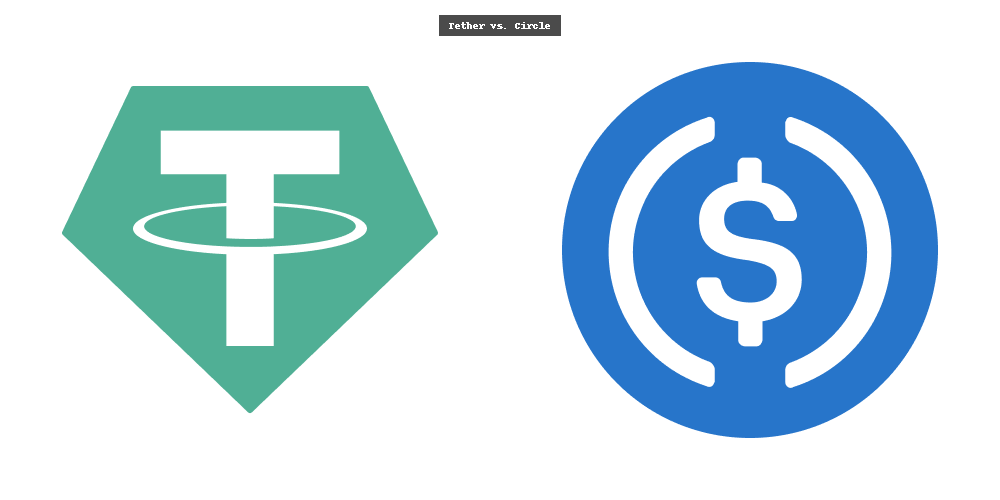Why You Should Use 2FA for Your Online Security

In today’s digital world, our online assets and personal information are constantly under increasing threat. We share everything from our bank accounts to social media profiles on many online platforms. This digital world requires stronger security measures to protect your personal information from malicious actors.
Although passwords, which are the most common security measure, serve as our primary line of defense, they are extremely vulnerable. Passwords can be cracked, guessed, or leaked. This is where Two-Factor Authentication (2FA) comes in, adding an extra layer of protection to our online accounts.
What is 2FA and How Does It Work?
Two-Factor Authentication (2FA) is a security mechanism that requires users to go through two different verification steps before accessing an online account. This means that simply entering a password will not be enough to log into your account; an additional verification factor will be requested, which ensures that only you can access your account. Even if a malicious actor steals your password, it will be much harder for them to access your account.
2FA is based on two core security factors:
What You Know:
This is usually your password. The password is a piece of information only you know and that others should not be able to guess.
What You Have:
This second factor of verification requires an item you physically own. For example, it could be a code sent to your smartphone, or a hardware-based security key.
Why 2FA is Important
The security of our online accounts no longer has to rely solely on a password. Malicious actors often use various methods to steal passwords. Techniques like brute force attacks systematically try millions of passwords to gain access to accounts. Moreover, users often use easily guessable passwords, which puts security at risk without anyone noticing the system's weakness.
For example, the hacking of Ethereum co-founder Vitalik Buterin’s Twitter account highlighted how dangerous these types of attacks can be. Hackers shared a phishing link through the compromised account, stealing approximately $700,000 from many users' crypto wallets.
However, if 2FA had been enabled on Vitalik Buterin's account, such an attack would not have been successful. This event clearly shows how important 2FA is in digital security.
Where is 2FA Used?
Today, nearly every platform offers 2FA, and it has often become an optional feature that users must enable to secure their accounts. Here are the most common areas where 2FA is used:
Email Accounts:
Popular email service providers like Gmail, Outlook, and Yahoo offer 2FA options to protect users' inboxes from malicious attacks.
Social Media Platforms:
Social media platforms like Facebook, Twitter (X), and Instagram encourage 2FA to secure user accounts. This ensures that accounts are protected not just by a password, but also by an additional verification factor.
Financial Institutions and Banks:
Online banking transactions and financial apps frequently use 2FA to secure money transfers and other operations. It is crucial that 2FA is enabled to keep your bank accounts secure.
E-commerce and Shopping Sites:
Major e-commerce platforms like Amazon and eBay also offer 2FA to protect users' payment information. This is an important step to secure your account.
Corporate Accounts and Workplaces:
Many workplaces require their employees to use 2FA to protect company data and accounts. This is a critical security measure, especially for platforms that contain sensitive corporate information.

Types of 2FA and Their Advantages
Different 2FA methods provide different levels of security for users. Each has its advantages and limitations:
1. SMS-Based 2FA
SMS-based 2FA adds a second layer of security by using a verification code sent to your phone after you enter your password. It is a popular method due to its easy accessibility and setup but can carry risks such as SIM swapping attacks.
2. Authentication Apps
Authentication apps like Google Authenticator or Authy generate time-based one-time passwords (OTPs) without the need for an internet connection. This method offers secure verification even without an internet connection, but the setup can be a bit more complex.
3. Hardware Keys (YubiKey)
Hardware-based keys like YubiKey require verification through a physical device after entering your password. These keys are one of the most secure options against online attacks. However, they can be lost, and they require an initial investment.
4. Biometric 2FA
Biometric authentication methods, such as fingerprint or facial recognition, use unique features of your body to verify your identity. They offer high accuracy but may have privacy concerns and data security challenges.
5. Email-Based 2FA
Verification codes sent via email are usually an easy and accessible method. However, they may be vulnerable to email breaches, which is why they are often considered to provide a lower level of security.
Choosing the Right 2FA Method
When selecting a 2FA method, several factors need to be considered. It’s important to choose the right method based on the security level, user convenience, and application requirements. For example:
- For accounts requiring high security (such as bank accounts or cryptocurrency exchanges), hardware-based 2FA or authentication apps are the best options.
- If accessibility is a priority, SMS-based 2FA or email-based 2FA may be preferred.

2FA Setup Guide
The steps to enable 2FA on different platforms are generally similar:
- Choose the Right Method: Choose from SMS, authentication apps, or hardware keys.
- Configure Account Settings: Go to your account’s security settings and enable 2FA.
- Backup Methods: Add backup codes or a secondary verification method.
- Verify the Setup: Follow the steps provided to ensure the method works correctly.
- Store Backup Codes Securely: Keep backup codes in a safe place so you don’t lose them.
Conclusion: Step-by-Step Protection for Digital Security
With the increasing threats in the online world, 2FA is one of the most powerful ways to ensure the security of your accounts. By adding an extra layer of protection, 2FA can significantly reduce the risk of unauthorized access to your personal and financial information



Comments ()